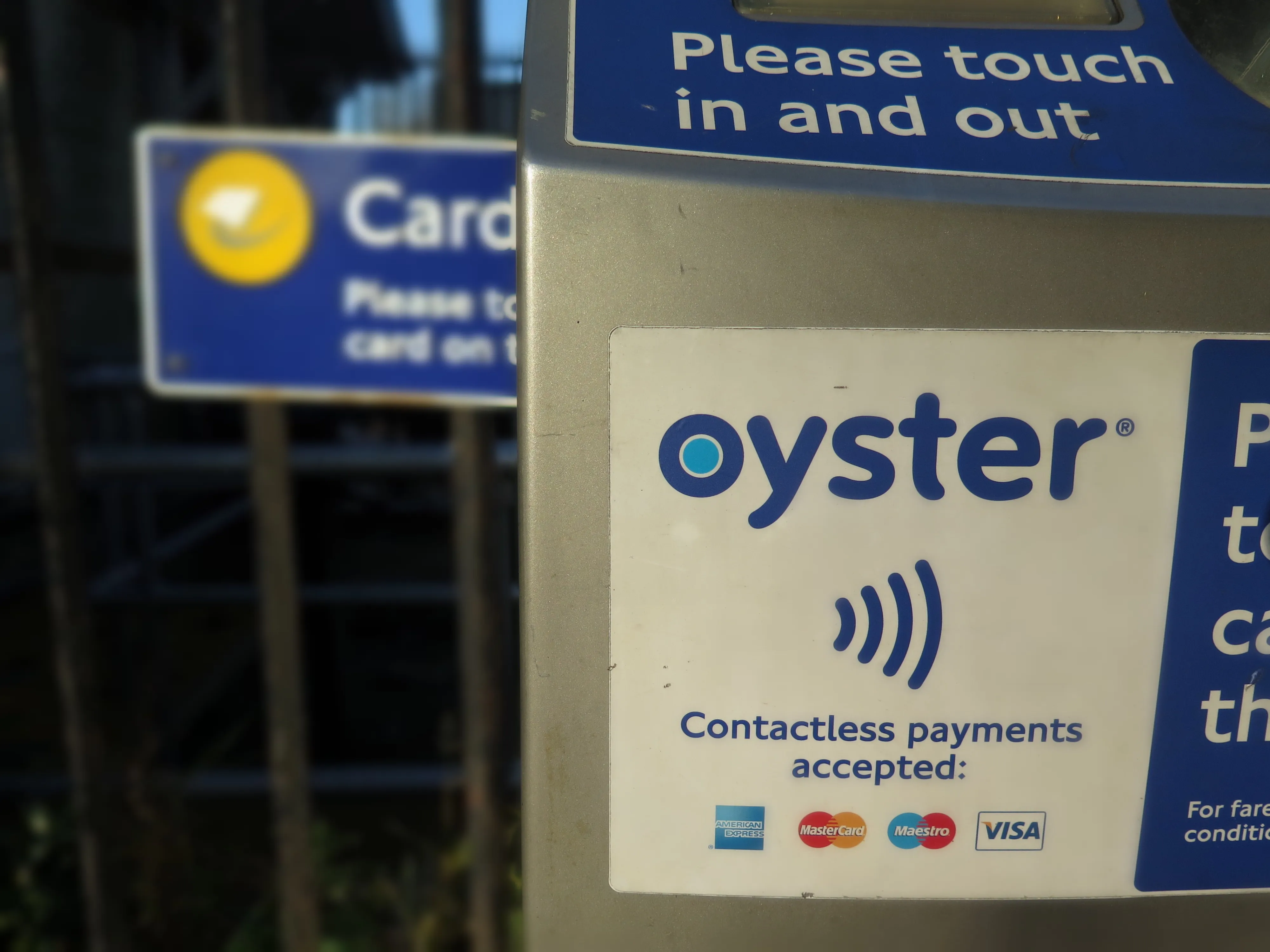
On Mobility as a Service (MaaS), members challenged a proposed ‘Netflix of transport’ subscription model as being incapable of realisation by appearing to assume usage by professional, well-off users. It would also reduce municipalities’ ability to control travel to improve accessibility, reduce congestion and pollution, and improve safety.
MaaS in itself, with the ability to plan and pay for travel via one app, would, however, be “a thoroughly good thing” – but only if municipalities retain ultimate control.
Points strongly in favour of MaaS included safety for young people and the need of a ‘lifeline’ for older ones. If the former have a transport offer which is reliable and available, particularly late at night, this could stop them from using old, unsafe, privately-owned vehicles, with their drivers perhaps under the influence of alcohol or illegal drugs. For the latter, it needs to be a public-sector undertaking, including subsidised services.










